CONTINGENCY OPERATING BASE SPEICHER, Iraq - The Iraqi Air Force (IqAF) College recently returned to Tikrit during a multi-event ceremony at Contingency Operating Base Speicher, Iraq, Dec. 16.
The IqAF College's return, highlighted by the arrival of the school's signature training aircraft, the T-6 advanced trainer, signals the return of the Iraqi Air Force to its original home at COB Speicher.
"From a global perspective, it is the re-birth of the Iraqi Air Force. They are moving back to a place where they can return to multi-role fighters and return themselves to a place where they can control their own airspace," said Lt. Col. Trey Westbrook, commander, 52nd Expeditionary Flying Training Squadron, 321st Air Expeditionary Advisory Group, 321st Air Expeditionary Wing, Iraqi Training Advisory Mission Air Force. He elaborated on the impact of the opening.
The IqAF is a step toward air sovereignty so that the nation has control of its own borders and airspace, and it can protect the Iraqi people, he said. It is air power that allows that to occur because it gives a central government reach into the hinterlands, the open and dead space out in the desert, in places where foot patrols cannot control space you must have air power to exercise sovereign control.
Lieutenant General Michael D. Barbero, commander, Multi-National Security Transition Command-Iraq (MNSTC-I), who attended all the events for the ceremonial opening, shared the role the T-6 training aircraft will play in the IqAF.
"[The T-6 aircraft] will serve as a stepping stone to advanced jet training and eventually a multi-role fighter capability," said Lt. Gen. Barbero.
The IqAF College will use 15 T-6 advanced trainers provided through a $210 million joint U.S.-Iraqi venture. The first eight aircraft, purchased by the Government of Iraq, will arrive at the college by the end of January, 2010. The other seven aircraft, purchased by the U.S., will arrive at the college by December, 2010, with training and maintenance provided through 2012.
"We have four aircraft now and [should have] a total of 15 by the end of December 2010," said Lt. Col. Westbrook. "We hope that [the Iraqis] are independently capable by December 2011. We probably need 30 qualified instructors with 15 aircraft before you can say you're ready to be self-sustaining. Our goal is to get there by December 2011."
Lt. Col. Westbrook also detailed the learning process the Iraqi cadets will experience as they become fully qualified pilots.
"When they arrive they begin the academic portion. In fact, they will never stop being involved in the academics of the program until the end, but certain academics are front-loaded, things such as weather, physiological training, parachute landing, basic instruments, lift and thrust physics and technical concepts, and operations to name a few. That front-loaded academic program lasts about four to six weeks," he said.
"From there, the trainees fly. At the beginning, it's basic things like recovering from a stall, maneuvering in military airspace, learning how to land, and how to deal with emergencies. Then they progress to more advanced aerobatics and into navigation and instrument training, and flying in [more complex formations]."
Lieutenant General Barbero described the fortitude required to complete the course.
"It takes [discipline] and courage to master the skills needed to fly, especially to face an enemy intent on shooting you down. It takes an extraordinary person to be an Air Force pilot. You must have courage, discipline and years of dedicated training. You must uphold the highest standards of personal and professional conduct to make it through the rigorous training process."
The re-establishment of the IqAF College presents a bright future for both the cadets and the Iraqi people which they will soon be protecting from the skies.
"Once enough pilots are trained and advanced aircraft are added to the growing Iraqi elite, the Iraqi Air Force will be able to control the air space over this region," said Lt. Gen. Barbero. "In the not too distant future, the people of Iraq will be able to look up and know that their countrymen are keeping them safe and defending their skies."
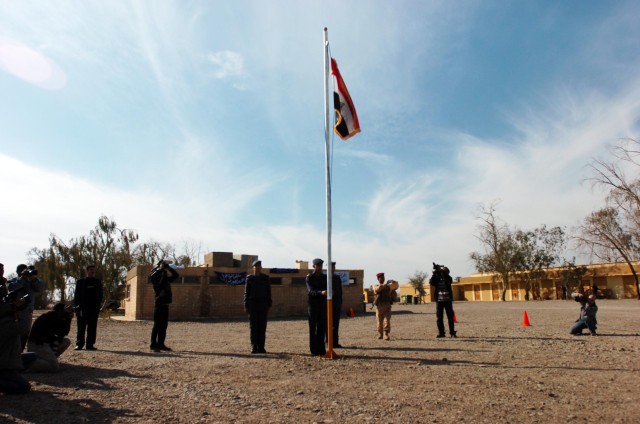
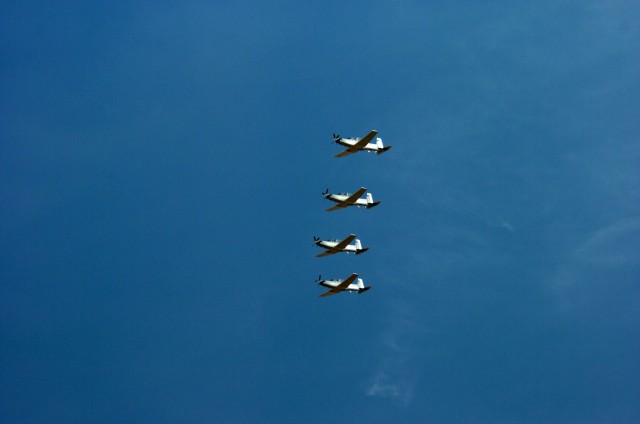
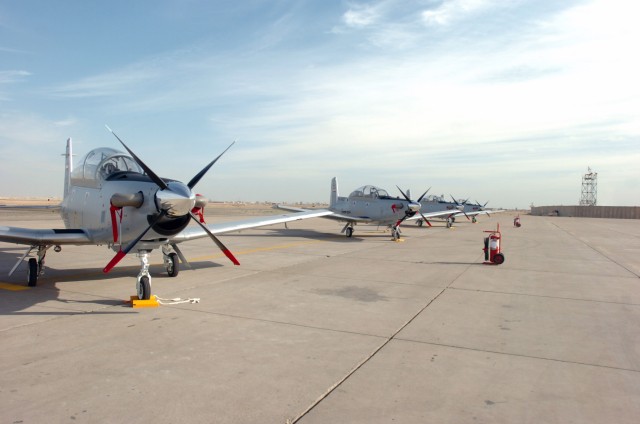

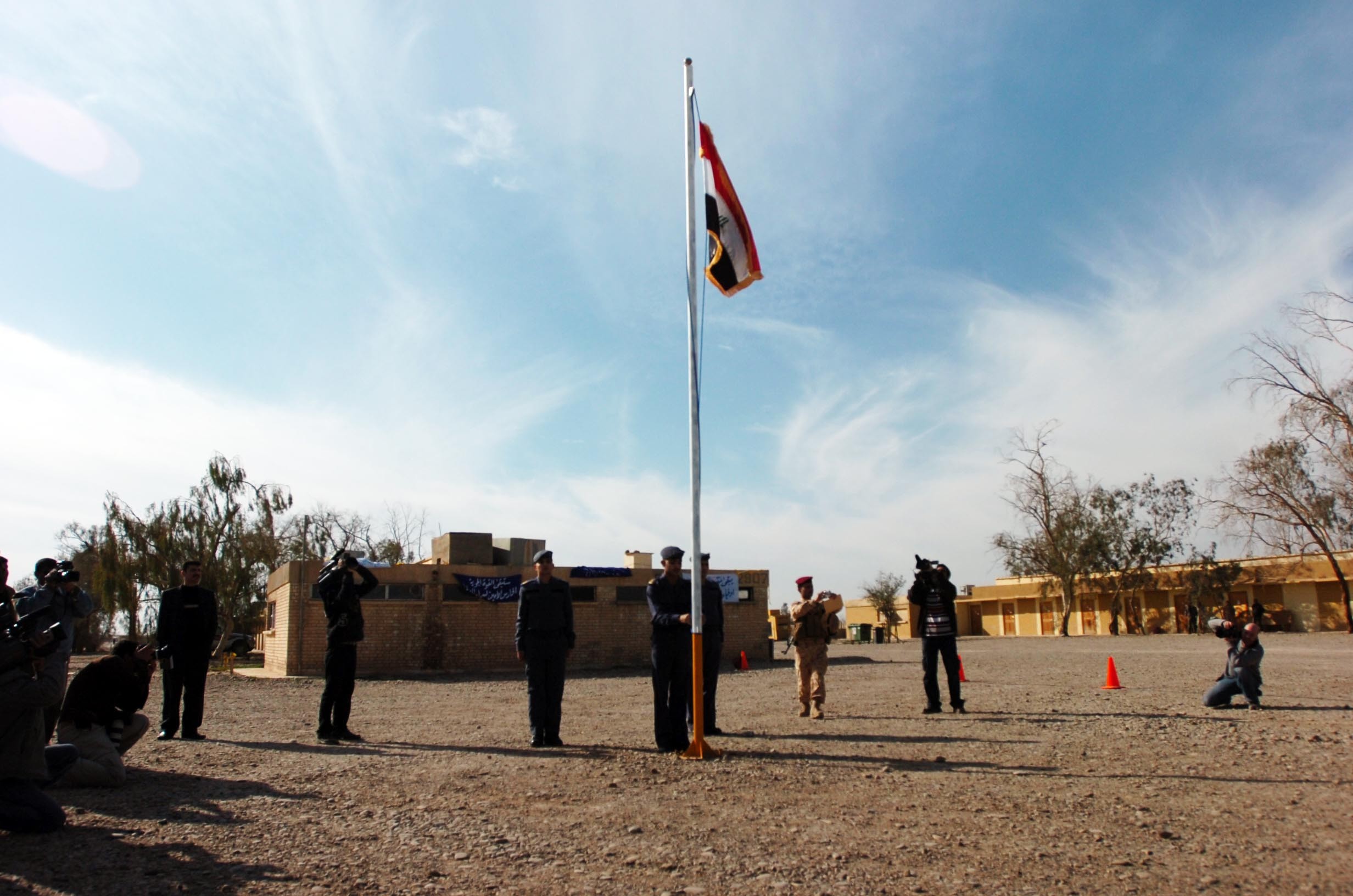

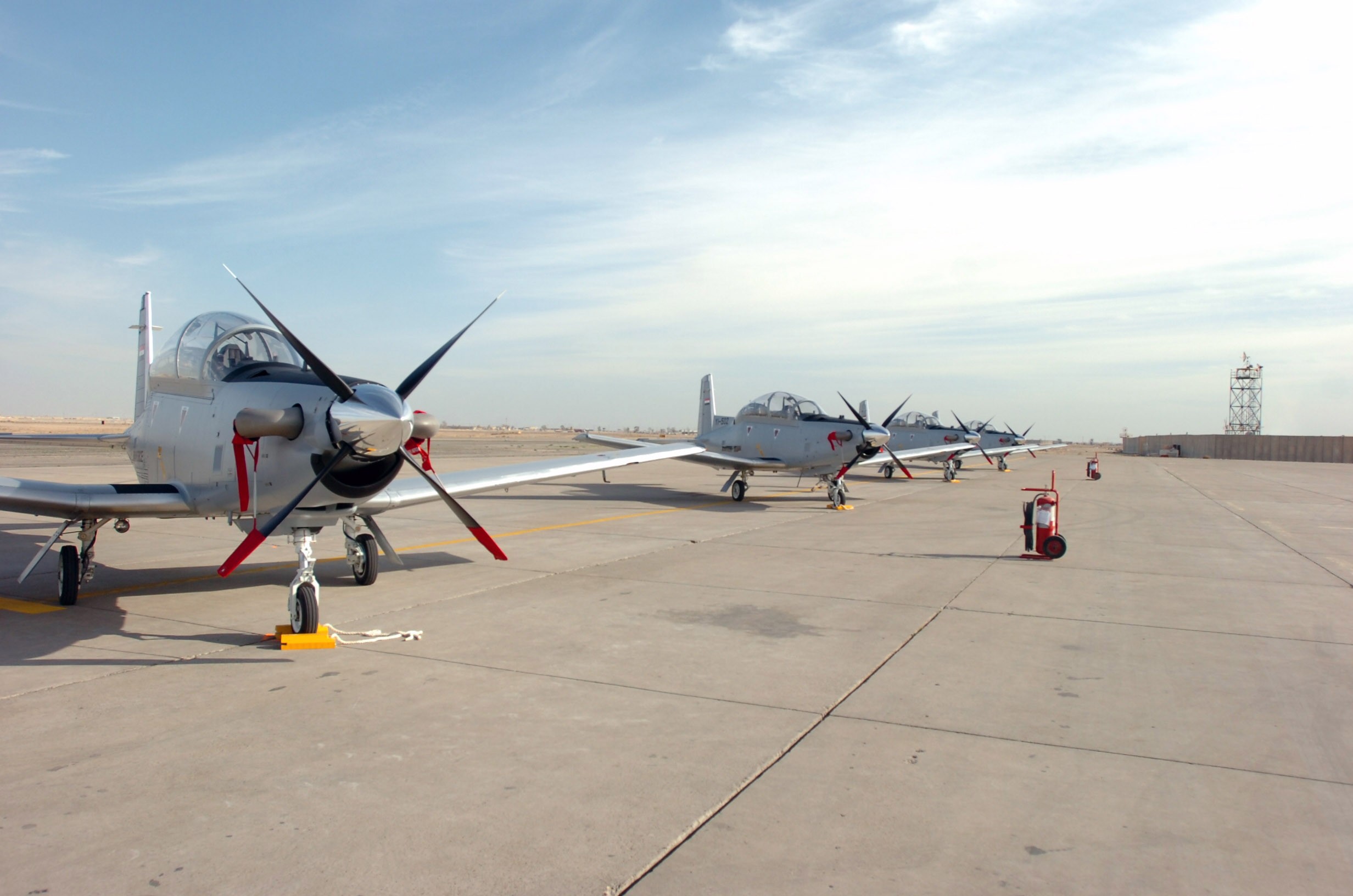
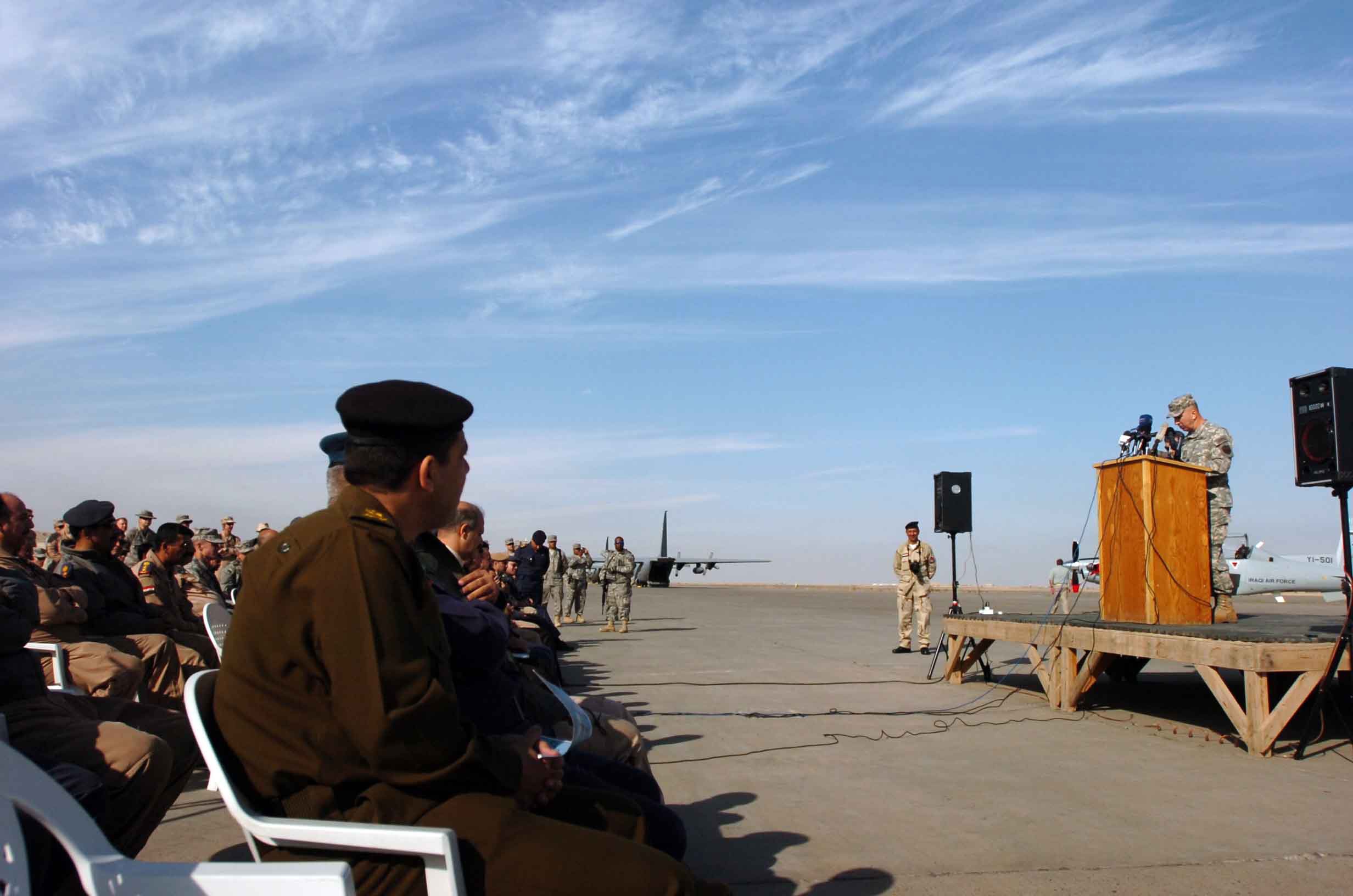
Social Sharing